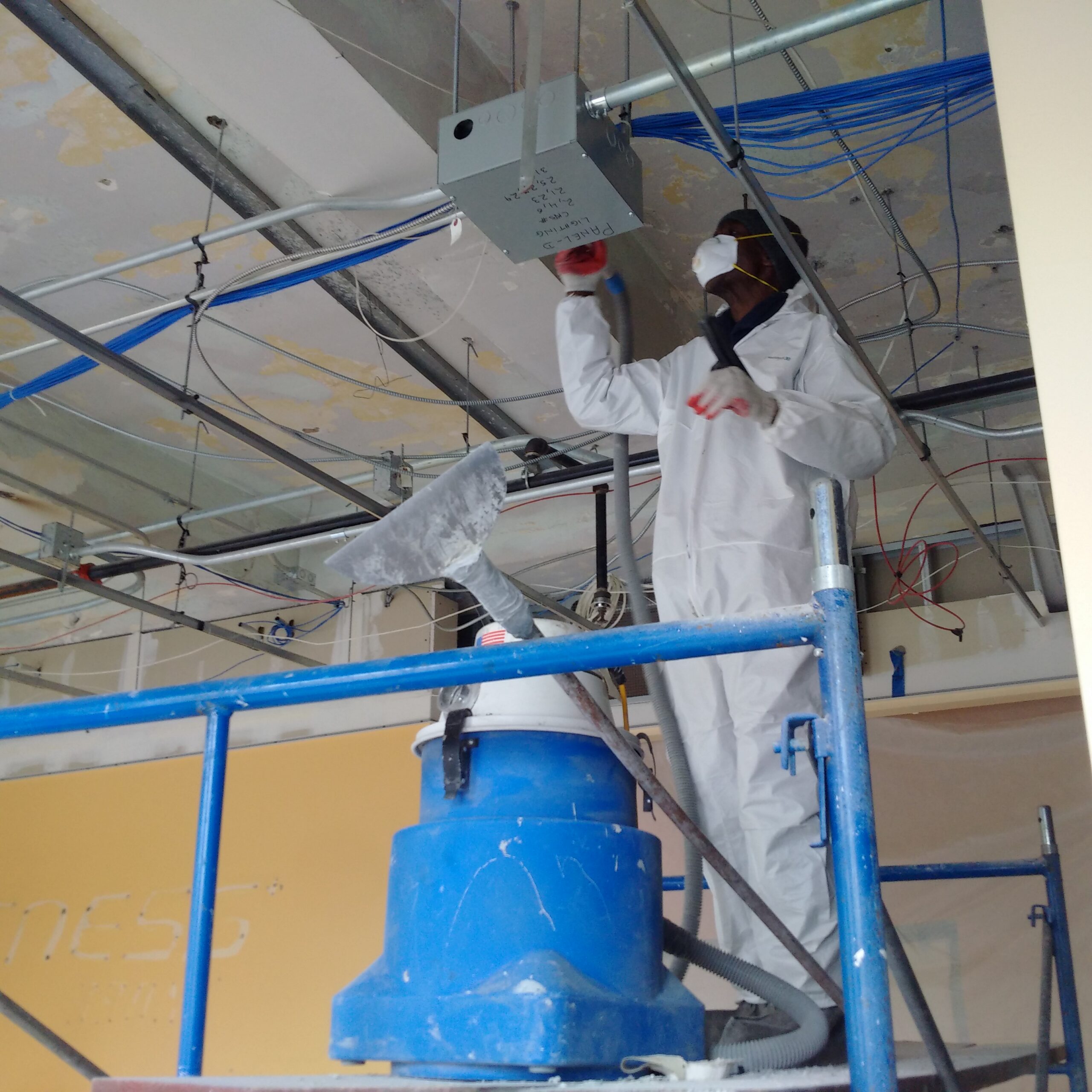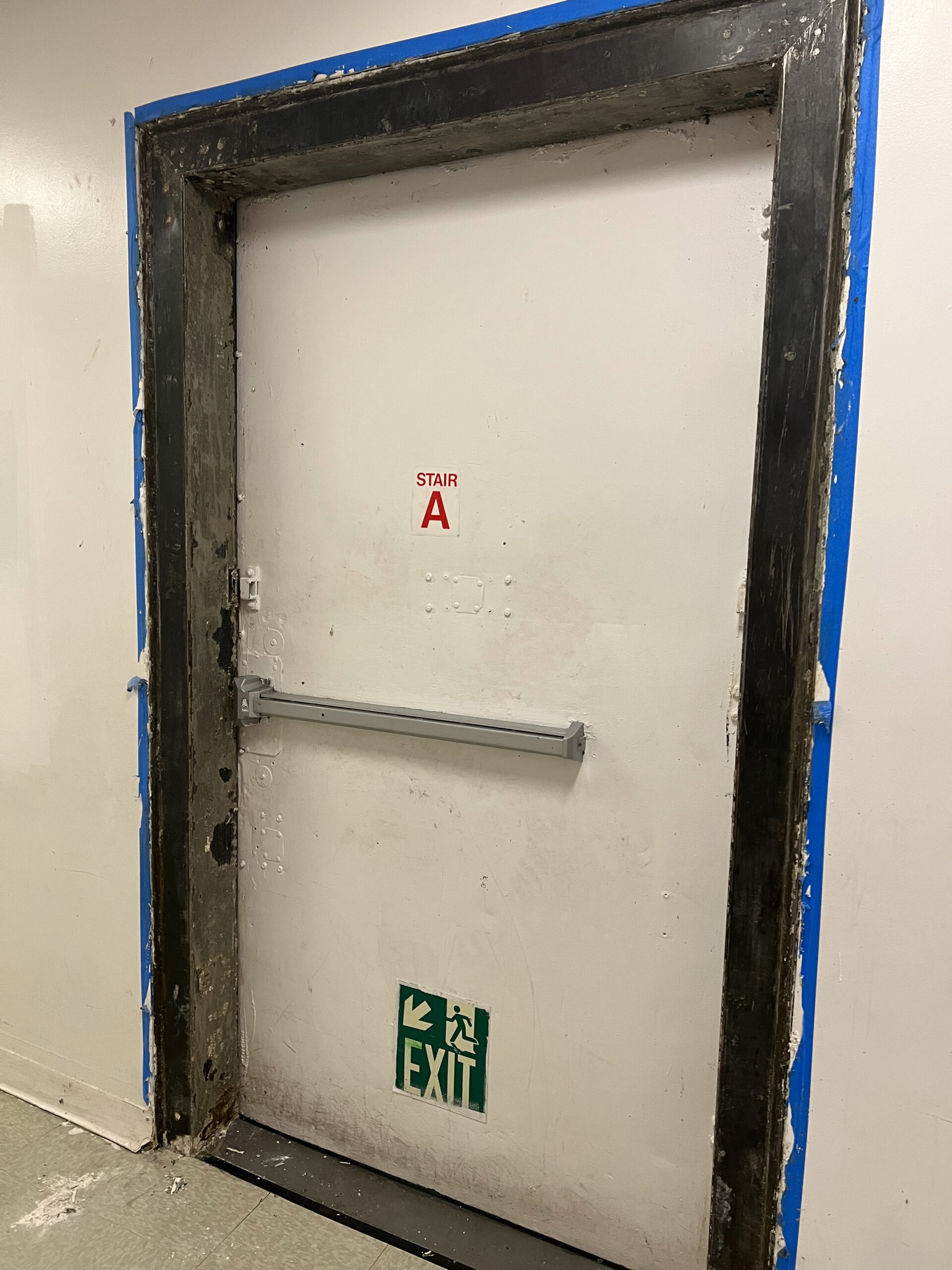Professional Lead Paint Removal Company-- Serving All NYC Boroughs
Professional Lead Paint Removal Company-- Serving All NYC Boroughs
Blog Article
Comprehensive Overview on Effective Lead Infraction Elimination Methods
In the world of environmental safety, resolving lead violations demands a precise and organized strategy. This extensive overview starts by highlighting the important preliminary actions of identifying lead hazards via sophisticated analysis and testing methods. Methods such as XRF analysis and dust wipe sampling are important in identifying contamination resources. Moreover, the overview clarifies on the value of sticking to rigid security methods throughout the elimination procedure, consisting of the use of appropriate PPE and separating impacted locations (Lead Paint Removal Company). The succeeding sections guarantee to review post-removal verification and preventative strategies, ensuring lasting security and conformity. Discover the elaborate information that make these strategies not just effective however crucial.
Determining Lead Hazards
Determining lead risks is a vital initial step in minimizing the dangers linked with lead exposure. Lead, a toxic metal, can be existing in different ecological mediums, consisting of paint, soil, water, and dirt. It presents severe wellness risks, specifically to kids and pregnant ladies, leading to neurological damages and developmental hold-ups. For that reason, precise recognition of potential lead resources is essential for reliable removal.
The initial stage in determining lead dangers includes understanding typical lead resources within the constructed atmosphere. Frameworks developed prior to 1978 are particularly at risk because of the widespread usage of lead-based paint throughout that period. In addition, soil contamination can happen from weakening outside paint, commercial emissions, or historic use leaded gasoline.
An additional considerable source is lead piping and pipes fixtures, which can seep introduce alcohol consumption water. Consumer products such as playthings, ceramics, and imported products may likewise contain harmful lead levels. Especially, job-related settings and leisure activities including lead can track contaminants into homes.
Evaluation and Testing
When addressing lead risks, efficient evaluation and screening are vital. This critical step guarantees the recognition and metrology of lead presence, thereby directing succeeding remediation efforts. Initial evaluation generally entails an aesthetic assessment to determine prospective lead sources, such as deteriorating paint or infected dust. This is enhanced by more extensive screening methods to identify the extent of contamination.

Dirt clean sampling is one more crucial method, particularly in domestic setups. By accumulating samples from floorings, windowsills, my sources and other surfaces, this approach offers understandings into possible exposure threats. Dirt testing around structure perimeters is necessary to discover lead contamination that could position risks, particularly to youngsters.
Safe Removal Procedures
Upon finishing comprehensive analysis and screening, implementing safe removal procedures is the next essential phase in dealing with lead risks. This procedure makes sure that lead-contaminated products are successfully and securely gotten rid of, decreasing risk to both workers and residents. The very first step includes separating the afflicted location using plastic sheeting and proper securing methods to avoid the spread of lead dust.
Employees have to put on suitable personal safety devices (PPE), including respirators, handwear covers, and disposable coveralls, to minimize direct exposure. Employing specialized devices more and wet methods, such as damp sanding or using HEPA-filtered vacuum cleaners, decreases the dispersion of lead bits. It is important to avoid completely dry fining sand or abrasive blowing up, as these techniques can generate unsafe lead dirt.
Waste disposal is another crucial component; all infected materials must be firmly nabbed and labeled according to EPA and neighborhood policies. In addition, detailed cleansing of the work location with HEPA vacuums and damp wiping guarantees the elimination of recurring lead bits.
Post-Removal Verification

Verification of effective lead elimination, known as post-removal verification, is essential to make sure the safety and security and habitability of the remediated area. This inspection makes certain that all well-known resources of lead have i loved this actually been attended to and that no noticeable indications of contamination stay.
Adhering to the aesthetic examination, ecological tasting is carried out. This includes gathering dirt, dirt, and often water examples from the remediated location. Certified research laboratories analyze these examples to gauge lead degrees, ensuring they drop listed below the security limits developed by regulative bodies such as the Environmental Protection Company (EPA)
Furthermore, air high quality testing might be done to find air-borne lead particles, especially in instances where extensive lead-based paint elimination or remodelling has taken place. The outcomes of these tests provide quantitative data confirming that the lead levels are within permissible restrictions.
Eventually, post-removal verification acts as an important checkpoint, validating the performance of the lead reduction efforts and guarding the health and wellness of residents and site visitors.
Precautionary Measures and Upkeep

An essential safety net includes the usage of lead-safe accredited professionals for any kind of restoration, repair, or paint activities. These specialists are trained in practices that lessen lead dust and debris. Additionally, preserving coloured surfaces to stay clear of cracking or peeling off is important, as deteriorating paint can launch lead particles into the setting.
Educational initiatives targeting homeowner and tenants concerning the risks of lead and the relevance of reporting any type of potential dangers can further enhance precautionary initiatives. Routine cleaning utilizing HEPA vacuum cleaners and damp mopping strategies can considerably lower lead dust build-up.
Verdict
In recap, effective lead violation removal requires a thorough strategy incorporating complete analysis, specific testing, and strict removal procedures. Guaranteeing security with correct seclusion and individual safety tools continues to be extremely important. Post-removal confirmation using ecological tasting and air top quality screening confirms conformity with established security requirements. Continuous evaluations and maintenance are crucial to minimize future lead dangers, thus safeguarding public wellness and making sure sustained conformity with regulative requirements.
Report this page